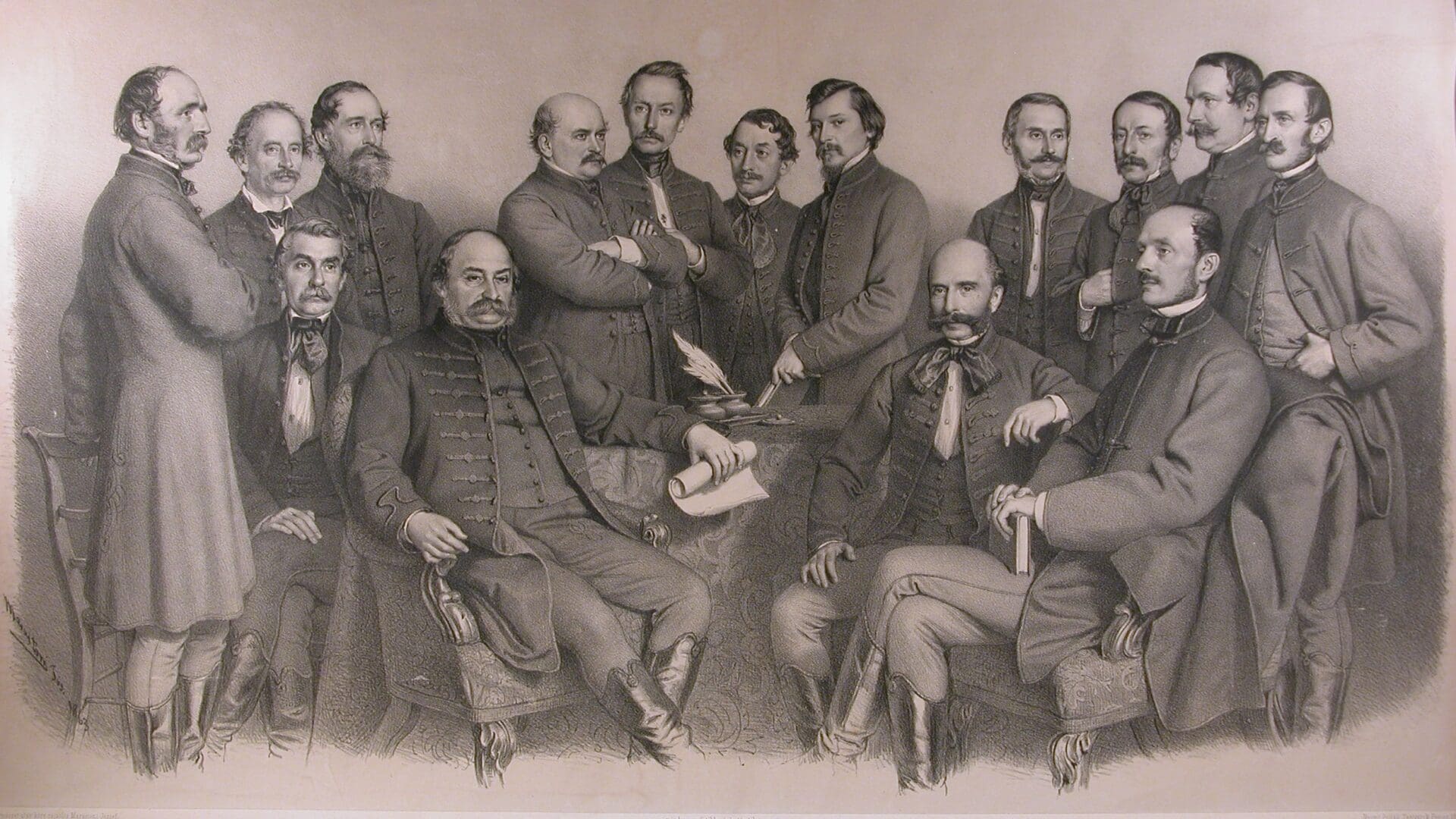Since 1992, 1st July has been celebrated as Semmelweis Day, the day that pays tribute to the work of Hungarian healthcare professionals. The memorial day is dedicated to honouring the hard work, the unrelenting sacrifice and outstanding achievements of healthcare workers in Hungary. The day is named after Ignác Semmelweis, also known as “the saviour of mothers”, for his contribution to obstetrics. Semmelweis, born on this day in 1818, was dedicated to the healthcare profession from very early on in his life – he studied for a medical degree in college, and soon after graduation he specialized in gynaecology-obstetrics, and also worked as a surgeon. He was most curious about the causes of childbed fever and the possibility of reducing women’s mortality rate after childbirth, a puzzle he could solve only after experiencing a great personal loss. In 1847, while on holiday in Italy, he received tragic news – his friend, Jakob Kolletschka died after his finger was injured during an autopsy. Upon reviewing the autopsy report of his deceased friend, Semmelweis realised that the cause of his friend’s death must have been the same pathology that led to the death of many women after childbirth. Since at the time some gynaecologists also used to perform autopsies, he came to believe that these doctors transferred diseases, carried by invisible pathogens transferred onto their hands from the corpses, to mothers, which lead to a high postpartum mortality rate among women.[1]
The empirically based realisation that childbed fever is a result of an infection, and that the infectors are doctors themselves, was supported by his observation that women’s mortality in midwives-assisted childbirths (midwives did not perform autopsies) was significantly lower. Trying to address the matter, Semmelweis came to the conclusion that childbed fever can be radically decreased by requiring doctors to disinfect their hands before tending to mothers. The discovery of the fact that infections can be avoided by hand washing, which Semmelweis published in his book titled The Etiology, Concept and Prophylaxis of Childbed Fever, drastically reduced mortality rate among mothers. He first introduced the hand washing procedure in 1847; first, doctors were required to do it only upon their arrival at the hospital, but a couple of months later he extended the regulation, and required doctors to perform the hand washing procedure before every visit to patients.
His discovery of the effectiveness of hand washing relied purely on his observations and some statistical data on women’s mortality that he had gathered
While in the hospitals that used Semmelweis’ practice of hand washing with chlorinated lime solutions mothers’ mortality rate rapidly fell below 1%, Semmelweis’ discovery was rejected by the medical community of the time. He had no explanation as to why this method kept women safe, as his discovery of the effectiveness of hand washing relied purely on his observations and some statistical data on women’s mortality that he had gathered. Lacking any proof, he was mocked and ridiculed by the medical community – doctors were not pleased to hear that they are charged with “contributing” to the death of their female patients.[2] His colleagues also fiercely resisted his hand washing procedure, as it lasted for around 15 minutes, which they considered to be a waste of time. He soon realised that he will not be able to convince his fellow doctors about the usefulness of hand washing, so he turned his attention to medical students, hoping that young doctors would be more open to his revolutionary ideas.
The constant bullying and rejection that he suffered from the medical community took a toll on his mental health – in 1865 he had a nervous breakdown.[3] He was sent to a mental facility, where general ill treatment and the guards’ brutality (he is believed to have been beaten multiple times) caused his death a couple of weeks after his institutionalization. He died on 13 August 1865. His method was re-discovered and gained popularity only after both the germ theory of disease had been confirmed and Joseph Lister started to promote the idea of sterile surgeries. Today, he is remembered in Hungary on every 1 July, on Semmelweis Day, which celebrates Hungarian healthcare workers. Semmelweis is eternally commemorated also by UNESCO, which, in 2013, inscribed his collection of printed materials on the discovery of the causes of childbed fever in their Memory of the World Register.[4]
[1] The editor, ‘Semmelweis-nap, a magyar egészségügy napja’, Medicover Kórház, https://medicoverkorhaz.hu/blog/semmelweis-nap/, accessed 14 June 2022.
[2] Cultura-MTI, ‘Semmelweis, az anyák megmentője’, Cultura Magazin, (2015), https://cultura.hu/psziche/semmelweis-ignac/, accessed 14 June 2022.
[3] The editor, ‘Semmelweis Ignác élettörténete’, Semmelweis, https://semmelweis.hu/az-egyetemrol/semmelweis-ignac-elettortenete/, accessed 14 June 2022.
[4] Bonifác Makkai, ‘UNESCO: International Memorial for Ignaz Semmelweis’, Semmelweis, (6 February 2014), https://semmelweis.hu/english/2014/02/unesco-international-memorial-for-ignaz-semmelweis/, accessed 14 June 2022.







